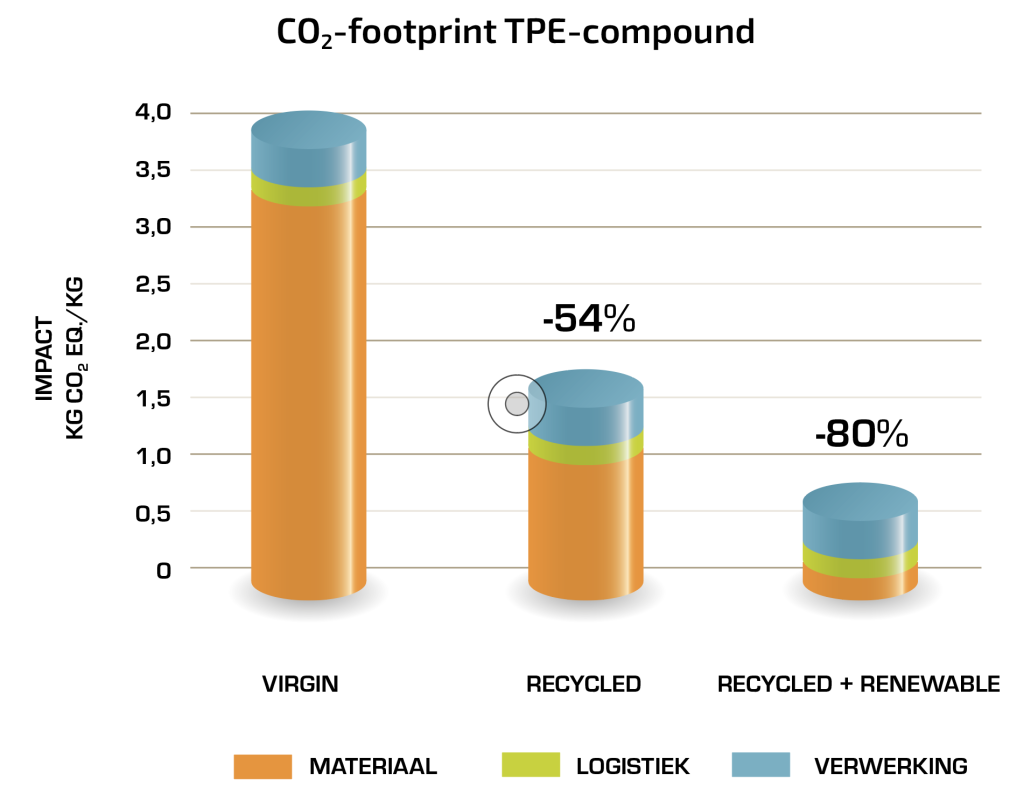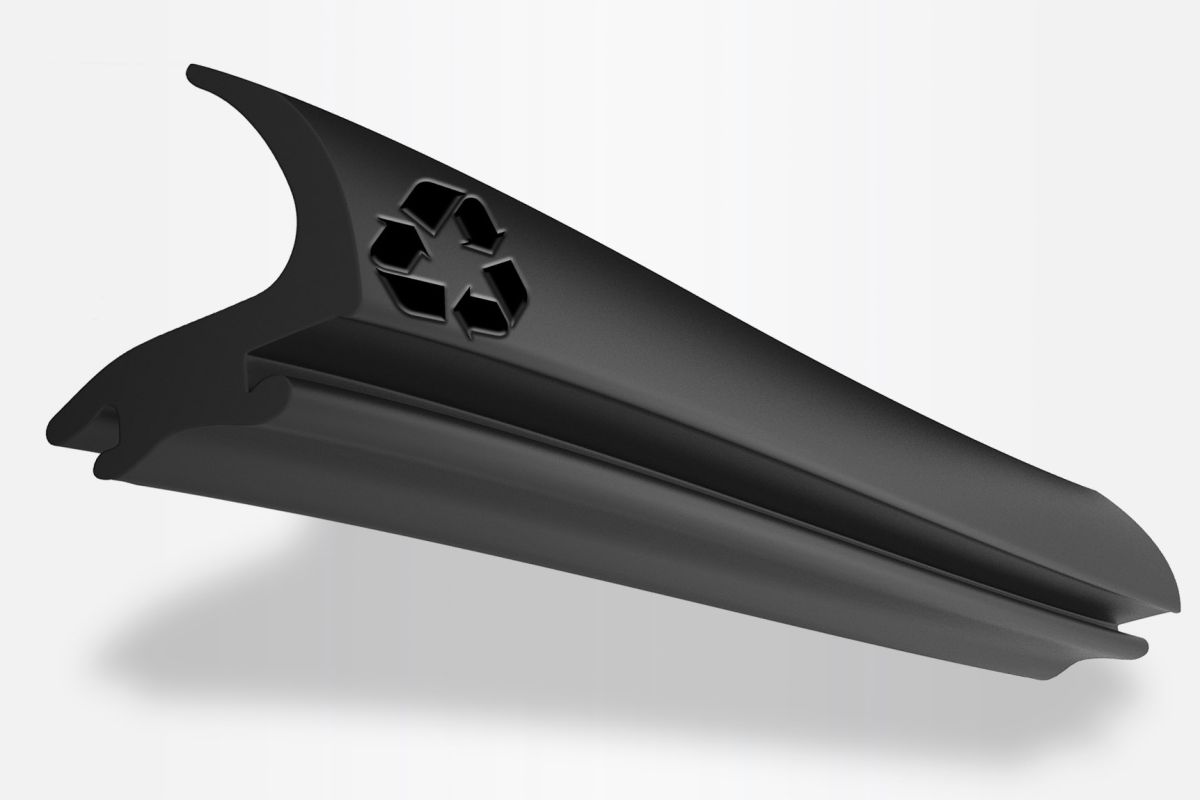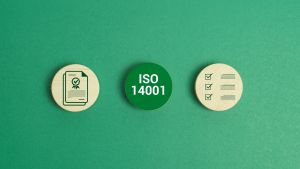Successful collaboration with extrusion companies
Companies in the plastics industry are continuously seeking ways to reduce their CO2 footprint and make their production processes more sustainable. An innovative solution that supports this sustainability is recycling TPE (thermoplastic elastomers) waste and reusing it, combined with other waste streams, in new products. Korrels BV has successfully initiated this process in collaboration with various extrusion companies and shares their experiences and the benefits of this innovative approach.
Korrels BV has twenty years of experience in reducing waste for customers involved in the extrusion of high-quality profiles. This long history has led to the development of a wide range of customer-specific and standard compounds that contain up to 95 percent recycled or renewable materials. Each compound is re-stabilized and can be tailored to meet specific customer requirements, such as the addition of flame retardants or electrical conductivity. The final properties and processing methods determine the percentage of recycled content.
Recycling TPE (such as SBS, SEBS, TPV, TPU, TPO, and PP/EPDM) can be easily combined with other plastic waste or scrap when there is the right knowledge of all base components. When renewable raw materials are also used, this results in even more sustainable solutions. With this method, Korrels BV offers companies the opportunity to minimize their waste streams, reduce their CO2 footprint, and contribute to a circular economy.
Customized solutions The packaging industry often faces the challenge that, with the exception of a few materials, recycled material is difficult to apply for flexible seals due to color requirements or food contact regulations.
Korrels BV develops a wide range of renewable materials that have the quality and specific properties (such as color) equivalent to prime material but with a lower CO2 footprint. This enables companies in various industries to further reduce their CO2 footprint without having to work with recyclate.
Korrels BV offers customized solutions that meet specific customer product requirements, whether it involves recycled materials, renewable raw materials, prime base materials, or a combination of these. Each component is carefully examined, calculated, and tested.

Customization and quality
Collaboration with various customers has resulted in compounds that are not only sustainable but also maintain the high quality expected from new raw materials. The goal is to provide different markets with recycled or renewable alternatives that have the same mechanical properties and quality as prime compounds. This approach ensures that extrusion companies and their customers do not have to compromise on the performance of their products. In collaboration with extrusion companies, many different materials have now been successfully converted to variants with 20 to 30% addition of waste, scrap, or renewable materials. This includes applications in the automotive industry, construction, white goods, consumer goods, and electrical appliances.
LCA calculations
In addition to developing high-quality compounds, plastic processors are increasingly requesting CO2 footprint reduction calculations, performed using a life cycle analysis (LCA). This provides insight into the environmental impact of choices and helps companies make responsible decisions. The calculation is relatively straightforward: Korrels BV utilizes a database of different materials to calculate the CO2 footprint of prime components and their added value. Then, the impact of alternative materials, such as recycled or renewable components, is examined. For virtually all components, a sustainable variant is available.
Customer experiences
During the CO2 reduction process when replacing standard compounds, extrusion companies are eager to share their experiences and success stories. Although each has its own approach, the consensus is clear: the transition to recycled and renewable compounds has not only improved their sustainability but also yielded economic benefits. One company stated, “Using recycled materials has increased our production efficiency and reduced our costs, without compromising on quality.”
Feasible and advantageous
The plastics industry is at a turning point where sustainability and innovation go hand in hand. By employing recycled and renewable TPE compounds, companies can reduce their ecological footprint without compromising on quality. The long-term collaboration between raw material suppliers and extrusion companies confirms that this approach is not only feasible but also beneficial. The future of the plastics industry is green, and companies can take pride in being part of this transformation.



